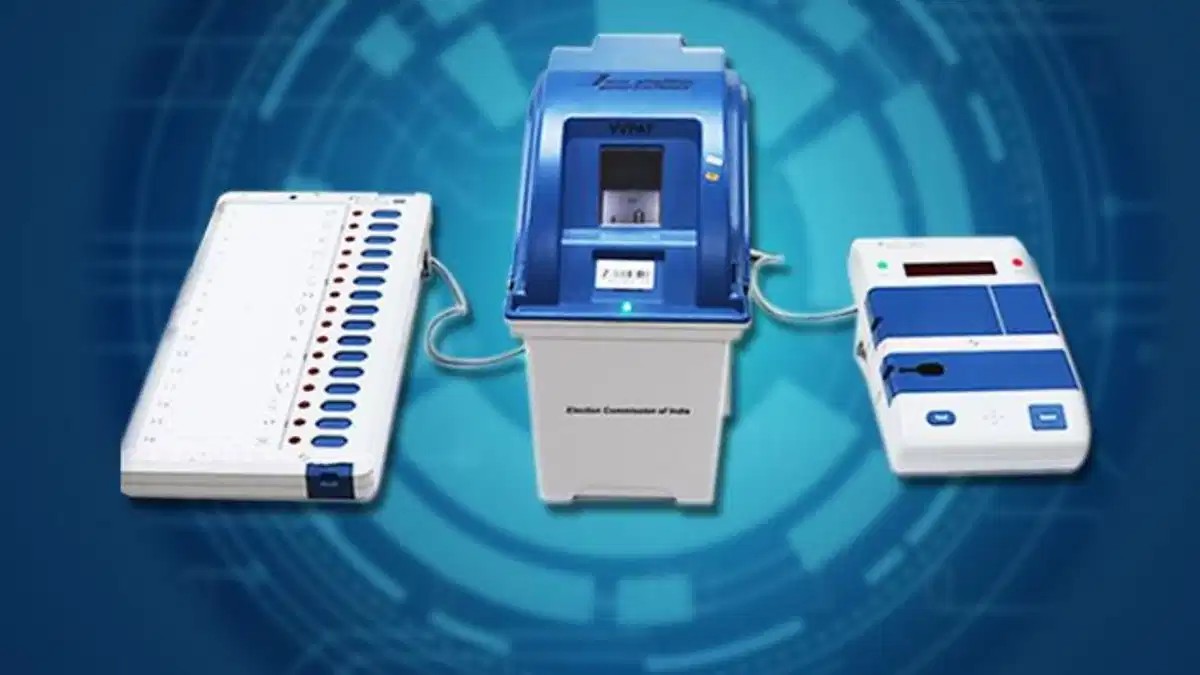The Electronic Voting Machine (EVM) has revolutionized the electoral process, enhancing efficiency, accuracy, and transparency in elections. Developed to replace traditional paper ballots, EVMs are electronic devices used to record votes in elections.
EVMs consist of a control unit and a ballot unit. The control unit is operated by a polling officer and manages the voting process, while the ballot unit enables voters to cast their votes by pressing a button next to the candidate’s name.
EVMs offer numerous advantages over paper ballots. They eliminate the possibility of invalid or spoilt votes, reduce the chances of booth capturing and ballot stuffing, and streamline the counting process, providing faster and more accurate election results.
Despite their benefits, EVMs have also faced criticism and scrutiny, particularly regarding concerns about security, tampering, and reliability. To address these concerns and enhance voter confidence, the Voter Verifiable Paper Audit Trail (VVPAT) system was introduced.
Also Read: EVM-VVPAT case: Supreme Court rejects pleas seeking 100% cross verification
Voter Verifiable Paper Audit Trail (VVPAT):
The Voter Verifiable Paper Audit Trail (VVPAT) is a crucial addition to the electoral process, providing an extra layer of transparency and accountability. It addresses concerns about the integrity of electronic voting systems by enabling voters to verify that their votes have been accurately recorded.
The VVPAT system generates a paper receipt for each vote cast electronically. After a voter selects their candidate on the EVM, the VVPAT machine prints a paper slip containing the voter’s selection, which is displayed through a transparent window for the voter to verify. The paper slip is then securely stored in a sealed container.
In case of any dispute or recount, the paper trail generated by VVPAT provides a physical record of each vote cast, allowing for manual verification and audit. This ensures that election results accurately reflect the will of the voters and enhances trust in the electoral process.
The combination of EVMs and VVPATs represents a significant advancement in electoral technology, offering both efficiency and transparency in elections. By leveraging technology while maintaining the integrity of the voting process, countries can strengthen their democratic institutions and uphold the principles of free and fair elections.
Also Read: Exploring the Differences Among Visa, Mastercard, RuPay, and American Express











